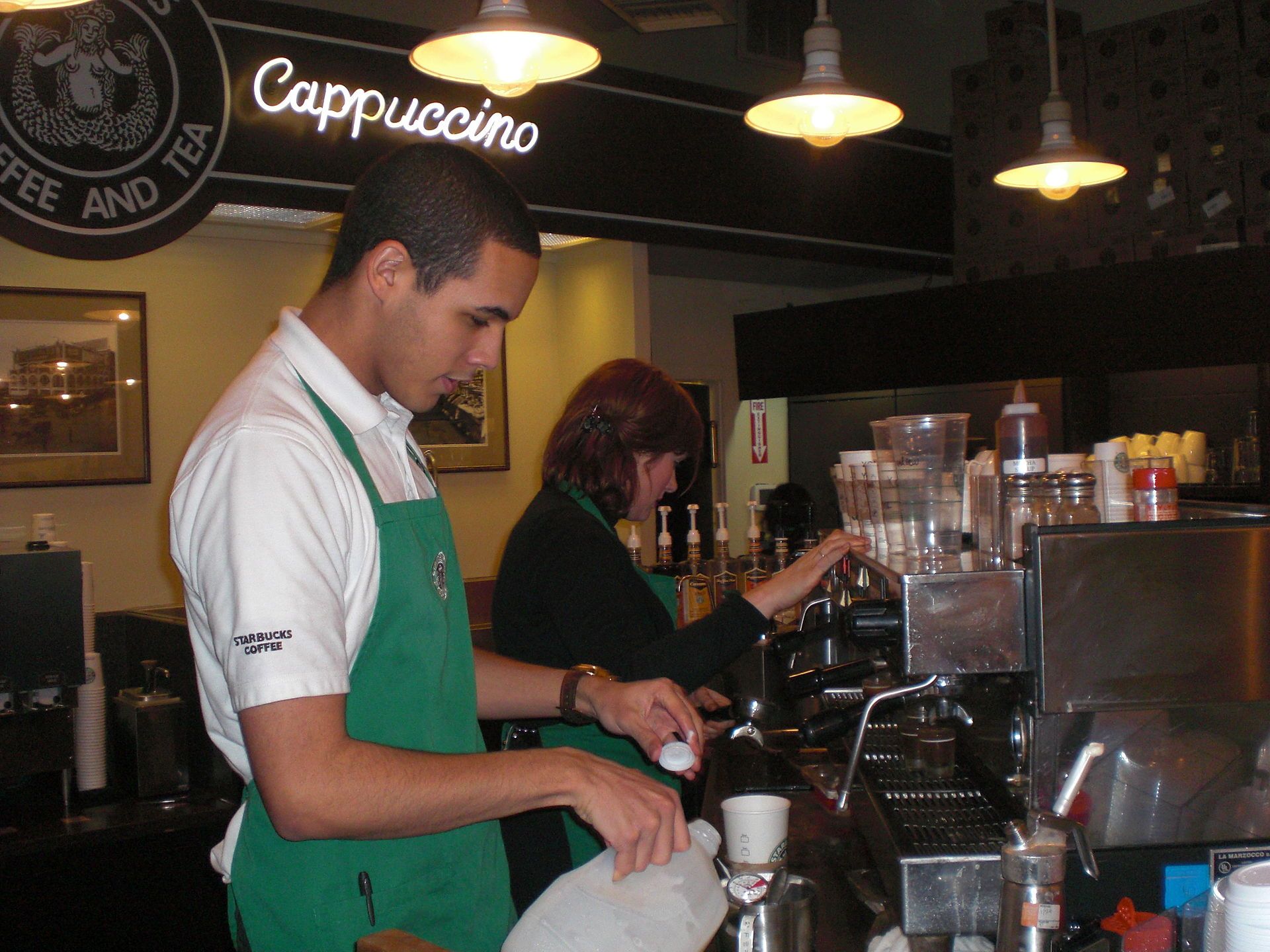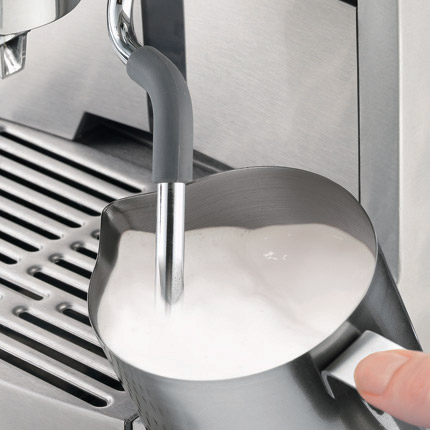Decomposition of practices: example of making coffee
Let's consider "coffee making"::practice. The practice of making coffee is performed by a barista::role. Barista skills are acquired in barista schools, where students are taught the discipline of practice. There are numerous educational materials that delve into the discipline of coffee preparation in its various forms, such as preparing coffee with milk[1]::subpractice. In this discipline of preparing coffee with milk, attention is paid to the separation of actions related to presentation specifics (for example, pouring coffee into milk or milk into coffee) from the essence of the discipline: defining the taste of coffee. In fact, most actions are related to presentation specifics in different countries and different bars, but the taste of coffee with milk depends solely on the ratio of coffee to milk.

Making coffee in a coffee machine is typically broken down into the following subpractices:
- Measuring and tamping coffee
- Brewing
- Optional milk and foam preparation
- Measuring milk and foam
- Cappuccino preparation
- Steam provision
- Temperature control
- Foam volume control
- Cleaning the pannarello tip after cappuccino preparation
- ???Knocking
- ???Knocking
- Latte art
- ???Knocking
- ...
- Serving

Knocking::subpractice (when the barista taps the pitcher/jug/“vessel for milk frothing” on the table) is necessary to remove large bubbles and level the surface of the milk foam to increase its evenness during latte art pouring. The discipline/"explanatory theory" of knocking sets the objects of attention for controlling what is happening:
- Milk surface (should be smooth with no "peaks" of foam)
- Large bubbles (should be absent)
Knocking is conditionally (with question marks and italics) shown three times:
- Presumably as the last operation of cappuccino preparation
- Presumably as the last operation of milk and foam preparation
- Presumably as the first operation of latte art
What is correct? There is no definitive answer to this question. The answer significantly depends on your project, on the specifics of your practice variant!
So, you have been introduced to the practice of preparing coffee with milk. What can you do? For instance, you can change the methods of different operations:
- Measuring and tamping coffee can be done using factory methods, resulting in capsule coffee (disregarding all the myths about "freshly ground coffee, or else the aromas are lost," as capsules are airtight and sealed in an inert gas environment. There's nowhere for the aromas to go, any chemist will tell you).
- You can prepare cappuccino at home with an inductive cappuccino maker, without the need for steam. It takes a little longer but is significantly easier, as there is no need to clean the pannarello tip (it simply does not exist).
- You can disregard the specifics of presentation, as the taste depends only on the ratio of coffee to milk. At home, you can ignore the "beauty" and customs of where to pour what, in what vessel to serve, what layers to achieve in the final drink (for example, a correctly prepared latte macchiato should have three distinguishable layers in a clear glass) - the taste will be the same, as explained by the theory.
- Coffee variety, brewing temperature, amount of water used, coffee portion size, milk variety, and fat content determine the taste: they cannot be ignored (and they are significant both in capsule machines and traditional machines and in any other method of preparation).
At the same time, it would be great if you could imagine how all of this looks in the real world - and you must definitely consider what happens before the practice (for example, you want to drink coffee: how long to wait? Everything needs to heat up to the right temperatures, plus time for preparatory operations for different types of machines) and after the practice (for example, how long it will take to wash and wipe everything from coffee powder, milk using different cooking methods), assess the risks (for example, the likelihood of spilling coffee powder or milk, and then having to clean it all up, or even scalding yourself during preparation). Evaluate the needs coming from the supra system: do you only need tasty coffee, or "everything must be extremely beautiful and accompanied by an aura of professional correctness" (meaning the dominance of large luxurious coffee machines demonstrating mysterious complex operations performed by the barista and strict adherence to some serving rituals that do not affect the taste but showcase the class of service).
For a methodologist, it is important that he understands how this activity is structured in general: just like any other "in form" (by types of meta-meta-models of the objects involved), only the content differs! For him, brewing coffee, changing diapers, building a nuclear power station, conducting presidential elections all look the same "in form" (by types of objects in the meta-meta-model): these are all activities that are understood similarly. It is necessary to discuss the breakdown into subpractices, roles, disciplines, technologies, always look for alternative disciplines and technologies, then choose among them ** the State Of The Art (SoTA).**